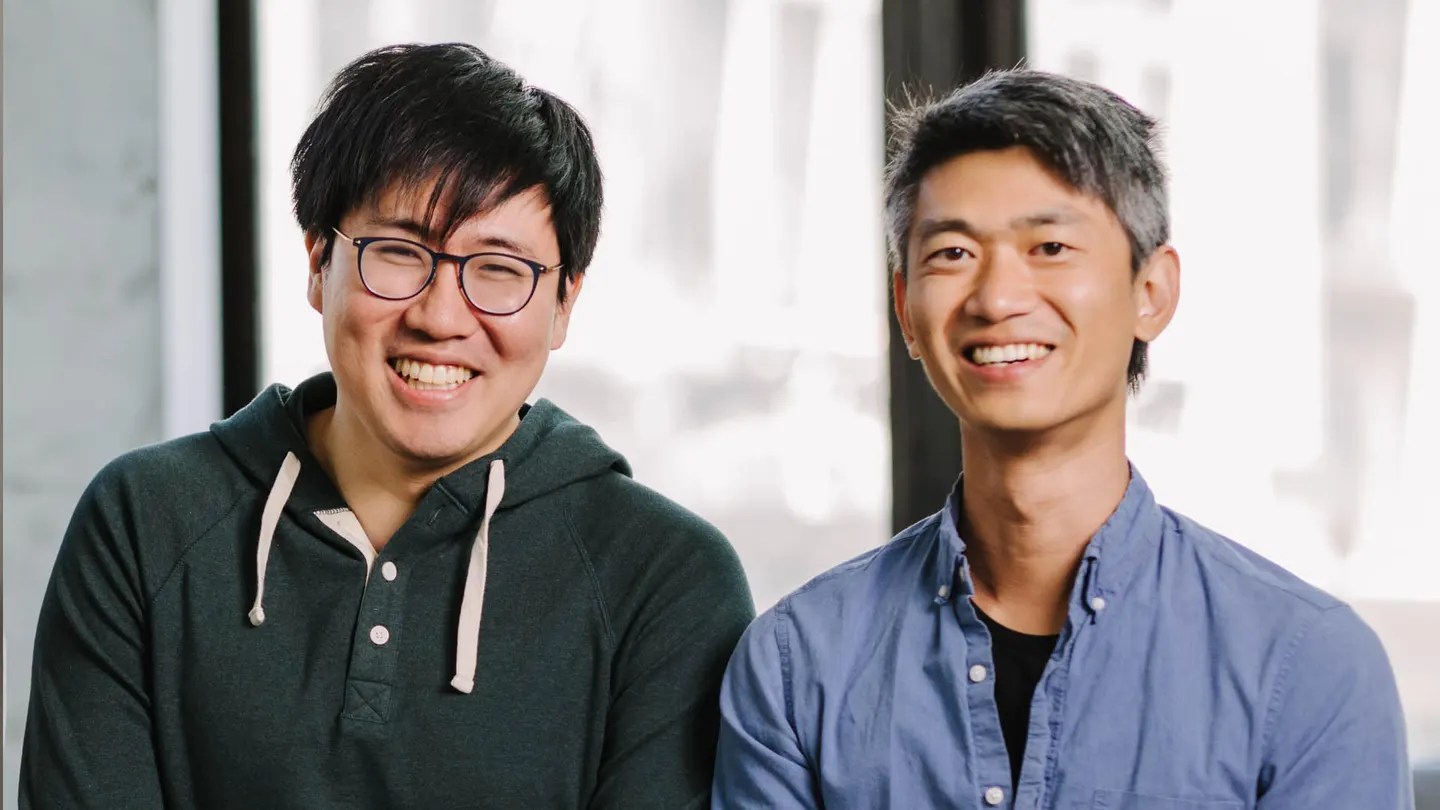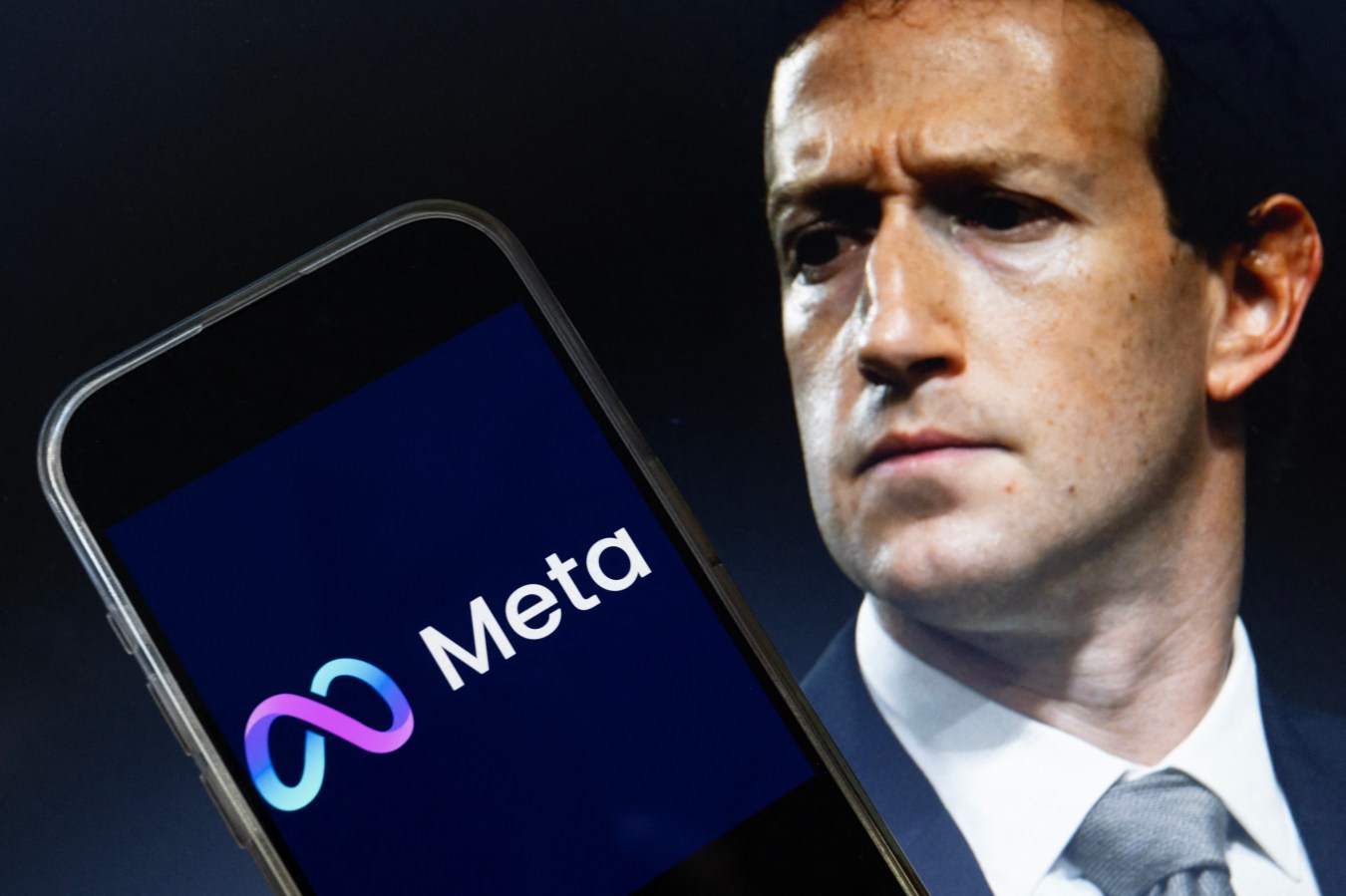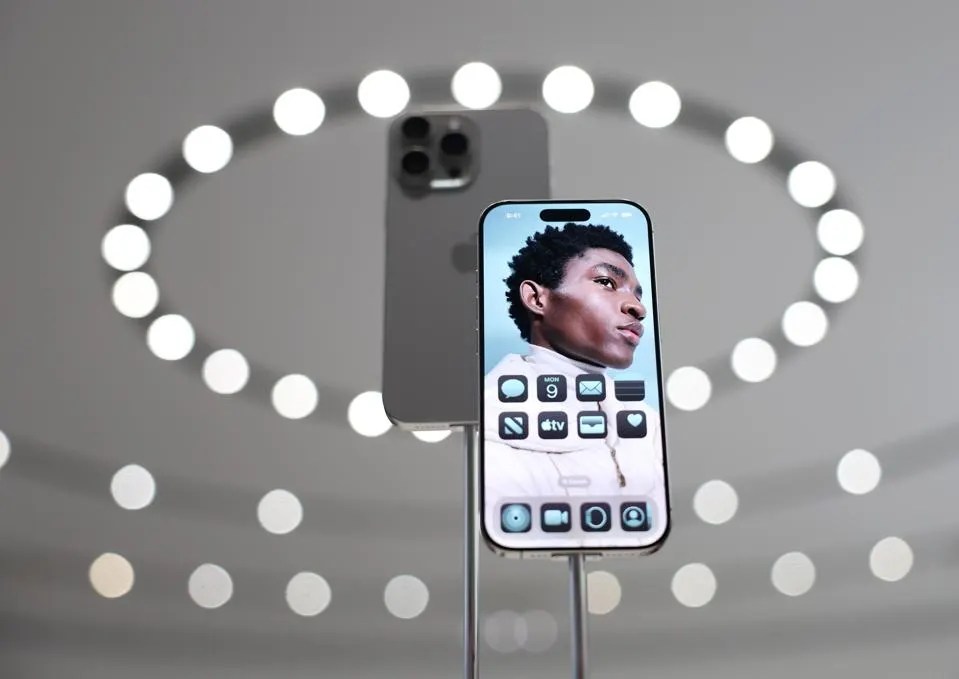“What a drag it is getting old.” The Rolling Stones first sang that in 1966, but it remains true today, according to XPrize Foundation executive chair Peter Diamandis.

“As people get older, they drop out of society; they drop out of work. They do this for a number of reasons: They don’t have the cognitive clarity to engage. They don’t have the strength to be mobile. They’re battling disease.”
Trying to change that is the goal of his organization’s next moonshot prize. On Wednesday, the XPrize Foundation announced its new $101 million “Healthspan” XPrize, which aims to reward research teams that can develop therapies which measurably reverse age-related degradation across three domains in otherwise healthy adults aged 65-80: cognition, immune system and muscle function.
The prize also includes a $10 million bonus for a team able to reverse muscle degradation among patients with Facioscapulohumeral Muscular Dystrophy (FSHD). In both cases, the treatment itself should take a year or less to administer, but demonstrate efficacy for at least ten years.
The money for the prizes themselves comes from a number of sources. $40 million will be donated by the Hevolution Foundation. Lululemon founder Chip Wilson is contributing $26 million as well as the $10 million prize for FSHD. The remainder is made up from smaller donations from other XPrize supporters.
Diamandis told Forbes that he’s been kicking around the idea of a longevity-related prize for at least 15 years, but with new advances in artificial intelligence, gene therapies and other technologies, now seems to be the right time. “We are beginning to understand why we age, how to slow it and potentially stop and reverse it,” he said.
The XPrize Foundation, which Diamandis, 62, founded in 1994, is no stranger to longshot prizes like this one. It awarded its first $10 million prize in 2004 for the first private ship flown into space, which was backed by Microsoft cofounder Paul Allen and designed by Burt Rutan. That team’s technology became the basis for the rockets used by Richard Branson-founded Virgin Galactic. Other notable wins include a prize for a new way to clean up oil, a compact device that can diagnose multiple diseases and a new method to better map the seafloor. But not all of the XPrizes get awarded–in 2018, for example, a Google-backed prize for a private moon lander ended up without a winner.
The idea of using new technologies to extend human lifespans has garnered mainstream attention over the past few years, often highlighting some extremes that particular individuals are willing to go to for the chance to live longer. But the minds behind the Healthspan XPrize said it’s not so much the extension of lifespan they’re interested in, but rather the quality of those extended years.
“The hidden subtext here is that we’re already living longer–that revolution already happened,” said Jamie Justice, former researcher at Wake Forest University and executive director of the Healthspan prize. Advances in medicine have definitely made a difference over the decades: according to the CDC, if an American made it to age 65 in the year 1950, they could expect to live about 12 more years. Today that number is closer to 20 years.
But those extra years often come with a cost, which is why the XPrize is focused on “healthspan” rather than simply extending lifespan, Justice explained. “This is it: keep people active, keep them thinking well and have the immune resilience so that they can actually leave their house.”
“It’s gonna be ridiculously hard to win.”
– Healthspan XPrize executive director, Jamie Justice
With the prize launched, the Foundation has entered a “public comment” period–taking suggestions from teams interested in the prize as well as others in order to determine precisely what and how to measure what reversal looks like for the muscular domain — one of the more challenging functions to measure. The other two domains are easier to assess, as there are standard tests for cognition and cognitive decline as well as immune function. The goal for all three domains is to ensure there are measurements that can’t be gamed to look good without improving people’s lives. During this period, teams can also register their intent to compete.
In the fall of 2024, final guidelines for determining winning teams will be published. In 2025, up to 40 teams chosen by the prize’s judging panel will be given a $250,000 grant and invited to stay in the competition. In 2026, the judging panel will narrow the field to up to 10 teams and give each a grant of $1 million to continue their work. The remaining purse will be awarded to a team that can demonstrate 20 years of functional improvements across all three domains after only one year of treatment. (If no team hits the 20 year mark, there are less prizes for achieving functional improvements at 15 or 10 years.) “It’s gonna be ridiculously hard to win,” Justice admitted.
But making it hard is part of the point. “We are looking for something that should be more revolutionary than what’s already been known for 30 years,” Diamandis said. He also emphasized the idea that whatever treatment is developed that wins the prize won’t only be available to select people. “One of the objectives of this competition is to make sure that the therapeutic approaches are available, ultimately, to everybody.”
Look back on the week that was with hand-picked articles from Australia and around the world. Sign up to the Forbes Australia newsletter here or become a member here.


